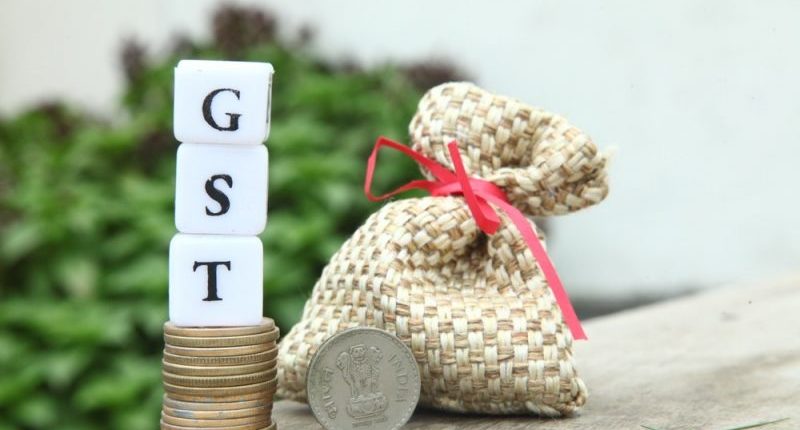The GST fitment committee, consisting of central government and state government revenue officials, will review the compensation cess levy on the various commodities with a higher risk of tax evasions, like pan masala and mixed tobacco products.
Further, the panel may also study the need and rationalisation of differential tax rates as per a media report claims of a government official. The development takes place after the issue of a Group of Ministers (GoM) report recently. It proposes a revision in the cess element of the GST, which must be linked with the product’s Maximum Retail Price (MRP) quoted to consumers.
At its February 2023 meeting, the Goods and Services Tax (GST) Council approved a report by the ministerial panel led by the Odisha Finance Minister, Shri Niranjan Pujari.
Presently these items attract the highest slab of GST rate, i.e., 28%, with an additional compensation cess. Further, the cess part of the tax is based on the actual sales value (ad valorem tax). For example, the cess rate on tobacco products is 290%, whereas the cess on paan masala is 135%.
However, the panel report recommends a definite tax rate based on the retail sale price, including all local taxes, delivery, freight charges, packaging, etc. The GST continues to be imposed on transaction value.
A government official stated that the fitment committee would review the tax structure recommended by the GoM and check the feasibility of linking those with MRP. The intention is to constrain the rising menace of tax evasion in tobacco or similar industries. The reviews would take time and could be finalised by the next GST Council meeting.
The GoM report has recommended a cess structure that links it with the retail sale price of a minimum of 38 commodities, such as pan masala, chillum, hookah, and chewing tobacco. It ranges from 12% to 69%, which also got compared with the ad valorem tax structure.
One of the panel members quoted to media that the government aims to boost the first stage (or manufacturer-level) revenue collection by converting the ad valorem tax into a definite tax. It can be done if the cess is linked with the product’s retail price. These revisions can be made to the compensation cess part by looking at further stages, as there is no other tax credit than the cess deposited in earlier stages.
For any clarifications/feedback on the topic, please contact the writer at annapoorna.m@clear.in
Annapoorna, popularly known as Anna, is an aspiring Chartered Accountant with a flair for GST. She spends most of her day Singing hymns to the tune of jee-es-tee! Well, not most of her day, just now and then.




